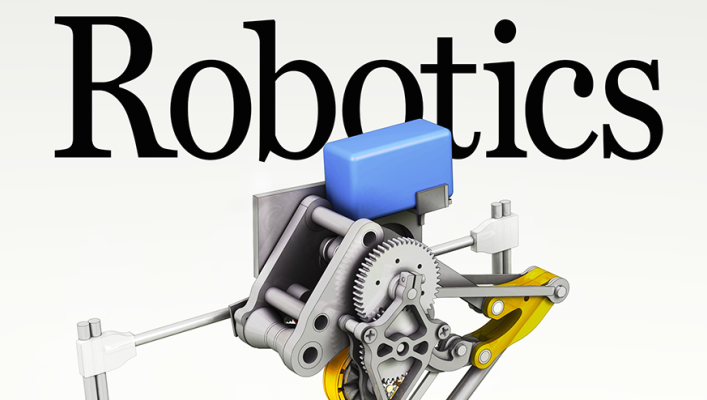US has invested in robotics more than Swiss GDP

Investment in robotics is a growing trend within the United States and other parts of the world. It’s clear that these little, and huge metal men, are going to become a huge factor in the future of industrialism and everyday life.
According to a report from Redwood Software and the Center for Economic and Business Research (CEBR), the U.S. is the leader in the investment of robotic automation.
CEBR from its own assessment believes the U.S. robotics stock sits at around $732 billion, a further 30% increase in investment in robotics between 2011 and 2015, which is greater than that of Switzerland’s economy. That’s quite impressive, which leaves us to wonder how much further can the country go when robotics take off in a big way.
“The sheer size of the economy and its large base of production in the automotive and electronic sectors make it a natural candidate for increased automation", David Whitaker, Managing Economist at CEBR, said.
Whitaker believes robots are a complement to human labor rather than a job risk. He expects ordinary tasks to become automatic with robots at the helm, while humans will take whatever is left. For example, creativity and jobs that require thinking could eventually become the primary types of jobs in the workforce.
While robots are impressive and could become the key to new growth for the United States, the country should never rely too much on automation.
Dennis Walsh, Redwood’s president for Americas and Asia-Pacific explained: “The U.S. industrial sector is leading the world in its use of robotics right across its operations. We increasingly see corporations apply the value of robotics not only in their assembly line, but also in areas such as supply chain and finance departments.”
Aside from increasing efficiency and productivity, robotics is also giving the world economy a significant boost. In the last five years, robotics has contributed as much as 10 percent to global GDP growth. “The research shows that the sector is one of the best places to invest today, and the returns are likely to improve as time goes on,” said Walsh.
The CEBR study also shares insights on trends in robotic automation, using the latest data for 23 OECD member countries over the period of 1993 to 2015 – before accounting framework and econometric analysis to quantify the impact of robotics on GDP per capita and labor productivity.
Concerning labor, the report finds “a clear economic rationale backing the fact that humans and robots in the workplace are not mutually exclusive.”

